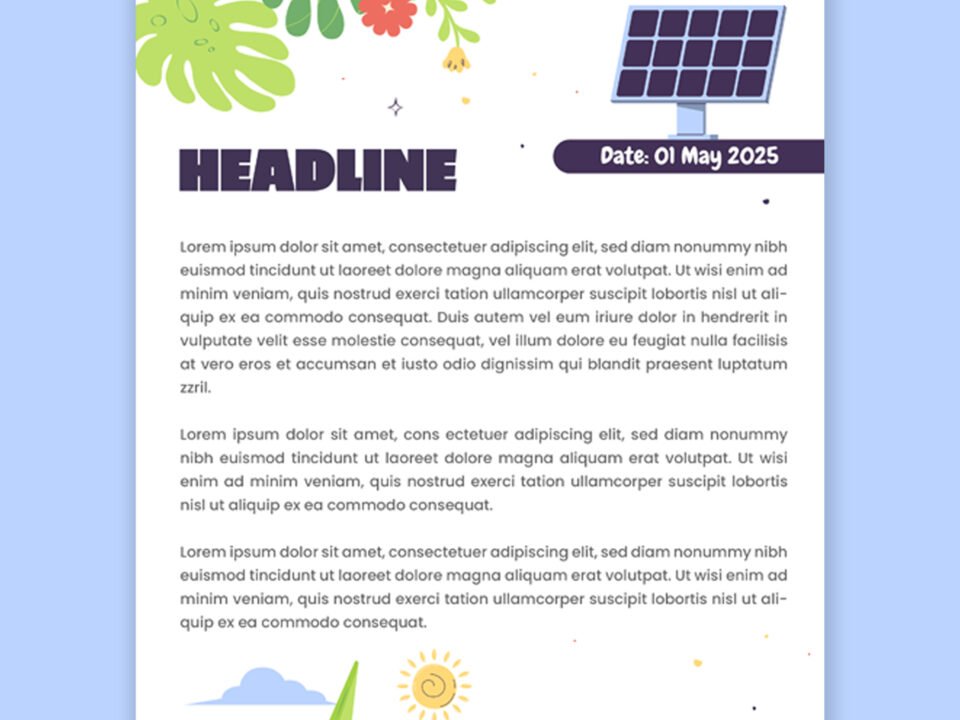Did you know that the quality of life of women could be linked to the transition that is happening from nonrenewable sources of energy to renewable sources of energy? Yes, you heard that right the switch to using renewable sources of energy to produce and generate electricity is also linked to improvement in the quality of life of a woman in India.
If India enables more women to participate in its workforce it could increase its GDP by 60% in 2025 says a study done by McKinsey Global Institute. Social and cultural constraints can
prevent this from becoming a reality and that’s the harsh truth that we need to find ways of
overcoming. Many women who work outside the home still need to fully take responsibility for their household and balance work at the same time.
India has a very ambitious target when it comes to renewable energy which is 175 GW by 2020 alone. India plans on creating 3,30,000 jobs in the wind and solar energy sectors each. It’s true that this industry is growing rapidly and so are the jobs that are being created in this industry racing to catch pace and reach that desired number but can these opportunities also provide better salaries healthcare benefits and training opportunities. The main question we want to answer in this blog is that whether women can collude in this sector as much as men and whether or not these benefits will reach the women of the country.
The World Bank states that 270 million Indians live in poverty. With this, the problem and the
opportunity are both very clear. Studies prove that 240 million people lack basic electricity
services.
The government has ambitiously committed to installing 175 GW of RE by 2022. Most of these installations will be in rural areas, where a large number of the poor live. Now coming to whether the new RE projects be planned in a manner that also creates good quality jobs for women in these areas?
Currently, India’s Renewable sector industry, as with other sectors, has low participation of
women. Even today India ranks a poor 120 among 131 countries on female labor force
participation, according to World Bank data. A majority of women currently employed in the
Renewable sector work at project sites, doing civil masonry work, which is temporary and
labor-intensive with little potential for future growth. Moreover, the working conditions on many sites are not always suitable for women as they are devoid of the necessary safety and support systems.
If only a collective effort is made to change how society currently functions this change can be converted into reality. If Training institutes and civil society organizations collaborate and strengthen connections with clean energy enterprises to help trained women secure
employment then we could make this happen. If the public and private sectors come together to bring such jobs to women, particularly in poorer communities, India’s transition to clean energy could also improve the quality of life for women and their families.




